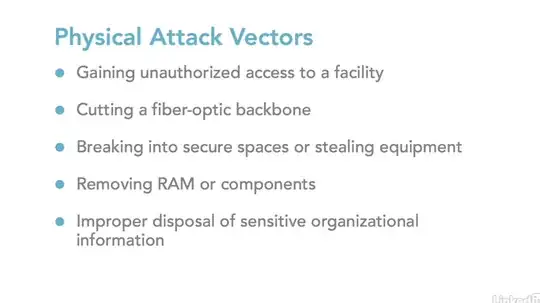The slide mentions that these are physical attack vectors. I don't know the full context of the slide deck, but even just removing RAM from a system can bring an application or system to its knees.
The goal of most attacks, physical or cyber, is to disrupt service, steal information, or gain backdoor access for long-term shenanigans (botnets, etc.). While theoretically data can be stolen from RAM that's just been unplugged, I think the bigger threat here is more along the lines of a denial of service attack.
If physical access to a server can be gained by an attacker, stealing RAM crucial to the operation of that server could result in the server failing. If you steal all the RAM it won't just slow the system down as you mention in your question, rather it will outright prevent the system from functioning. Then again, stealing only some of the RAM in a critical system would be more discrete, and if unnoticed, operators might have a hard time identifying the root cause of system malfunction (especially if the system is heavily reliant on RAM, such as an in-memory database application, e.g. a TimesTen DB).
The bullet point itself could, of course, be expanded to any physical attack on the hardware itself, but stealing RAM is probably the most discrete and easiest to pull off physical vector for an attacker who only has a brief window of opportunity to access the hardware.
